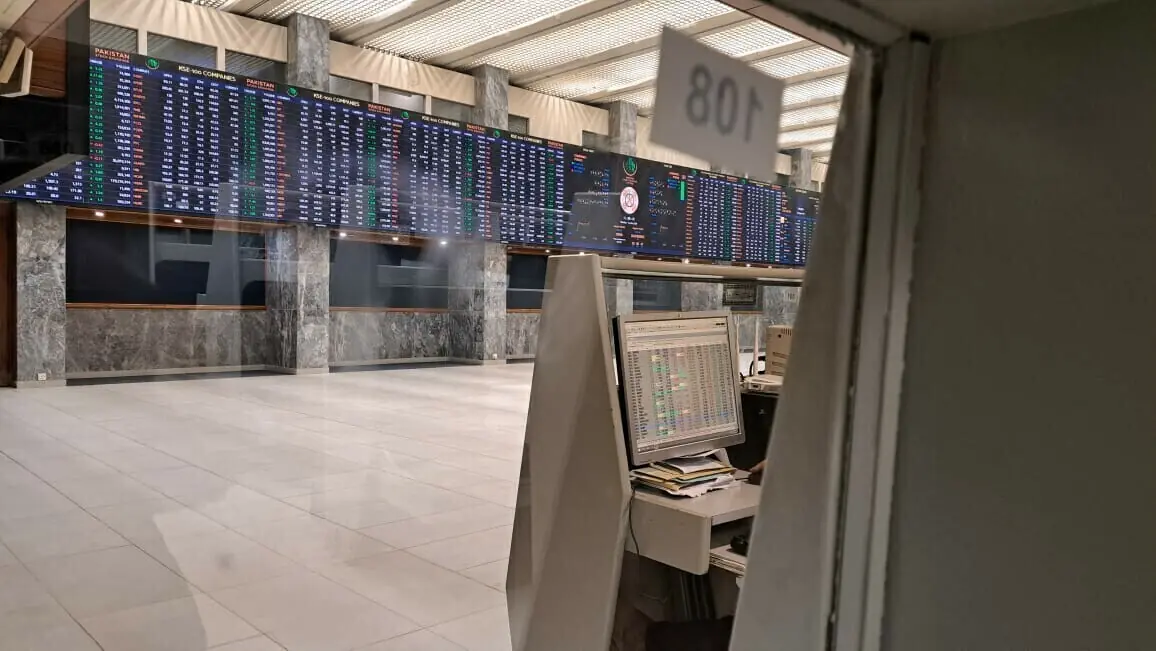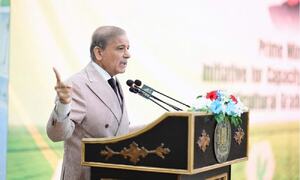African currencies week ahead: Zambia's kwacha strengthening, other currencies seen weaker
The Zambian kwacha is seen strengthening on positive sentiment after the president signalled a change on mining royalties opposed by foreign mining firms, but most other African currencies could weaken on dollar demand by importers.
ZAMBIA: The kwacha could strengthen on rising copper prices, a directive by the president to change high mining royalties and measures by the central bank to curb liquidity.
The kwacha has fallen about 20 percent so far this year, partly hit by lower copper prices and a row over royalties with foreign mining companies. But a recovery in copper prices and presidential directive to end the row could buoy the currency.
At 1047 GMT, the kwacha was trading at 7.5550 per dollar from 7.5400 a week ago, according to Thomson Reuters data.
"We do not see any reasons why the kwacha should trade on the back foot," the local unit of South Africa's First National Bank said in a note.
"Copper is making significant gains, demand for the greenback seems to have eased and the tightening of liquidity by raising statutory reserves all point to a stronger currency."
Zambia raised the amount of money that commercial banks are required to deposit, tightening liquidity.
One currency trader said offshore investors had started to position themselves for possible entry into kwacha assets.
NIGERIA: The naira is seen steady on support from month-end dollar sales by energy companies and tight control on exchange rate by the central bank.
The local currency has traded around 199 to the dollar in the last two weeks because of regular intervention at the interbank market by the central bank and dollar sales by some oil firms buying naira to meet month-end domestic obligations.
"We don't see any major change in the value of the naira in the near term mainly as a result of dollar flows from oil companies and sustained support from the central bank," one dealer said.
KENYA: The shilling could weaken as importers buy dollars to meet their end-month obligations, but investors settling government debt purchases may ease the pressure.
The shilling closed at 92.00/10 to the dollar on Thursday compared with 91.95/92.05 a week ago.
Martin Runo, a senior trader at Chase Bank, said the local currency was likely to be on the "back foot as we approach the end of the month" despite a shilling liquidity crunch.
Traders said the shilling was still likely to hold a recent range of 91.50 to 92.20 into next week.
UGANDA: The shilling is expected to weaken, undermined by end-month dollar demand from manufacturers and other importers.
At 1023 GMT commercial banks quoted the shilling at 2,972/2,982, weaker than last Thursday's close of 2,905/2,915.
"We anticipate manufacturers and other importers will be exerting the normal end of month demand," said Faisal Bukenya, head of market making at Barclays Bank.
But Bukenya said the local currency was unlikely to cross the 3,000 mark because the central bank would most likely intervene to sell dollars if it did.
The bank has intervened at least 10 times this year to support the shilling, which has lost 6.9 percent of its value against the greenback so far this year.
TANZANIA: The shilling is expected to be weighed down by dollar demand from energy and manufacturing sectors.
The shilling traded at 1,837/1,847 to the dollar on Thursday, stronger than 1,850/1,860 a week ago.
"We are seeing some inflows in the market from tourism and mining companies offloading dollars at the end of the month and quarter to get shillings, but the dollar is expected to bounce back and continue its rally against the local currency," said Moses Kawiche, a trader at CRDB Bank.
Market participants expected the shilling to trade in the 1,840-1,850 range next week.
The Bank of Tanzania said it had traded $59.15 million on the interbank foreign exchange market over the past week.
GHANA: Ghana's cedi could remain under pressure as local firms buy dollars to pay for their first quarter imports.
The West African nation's currency has weakened 10 percent to the dollar since January and analysts said there was a persisting lack of offshore inflows to complement scanty dollar sales by the central bank.
"In the coming days and weeks, we may still see some losses by the cedi, but at a much slower pace," Joseph Biggles Amponsah of the Accra-based Dortis Research said.
Ghana is expected to start a three-year $940 million aid package with the IMF next month and analysts said the deal could unlock investor and donor inflows to stabilise the cedi.





















Comments
Comments are closed.